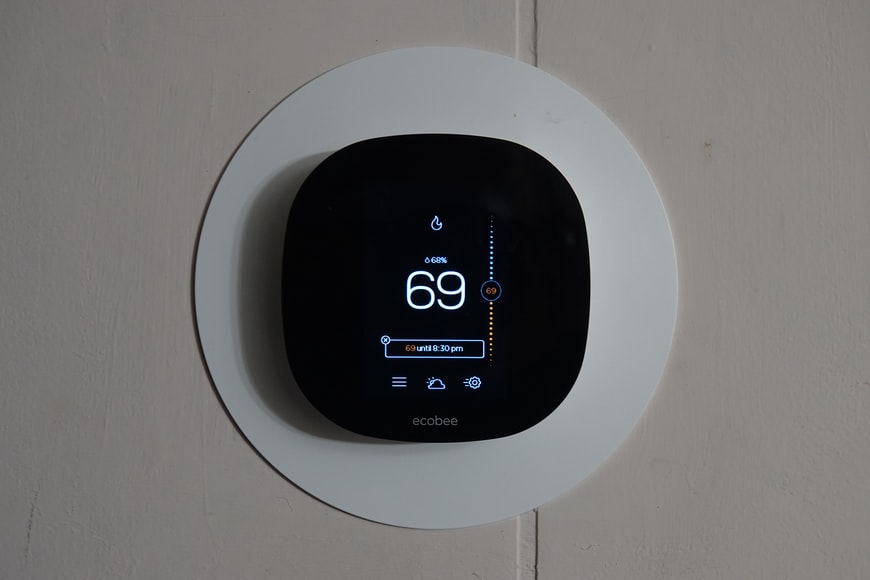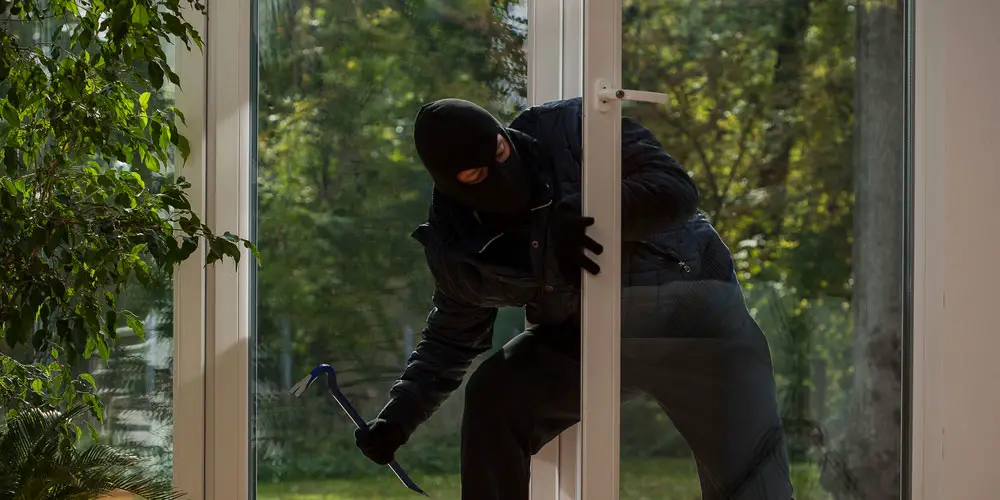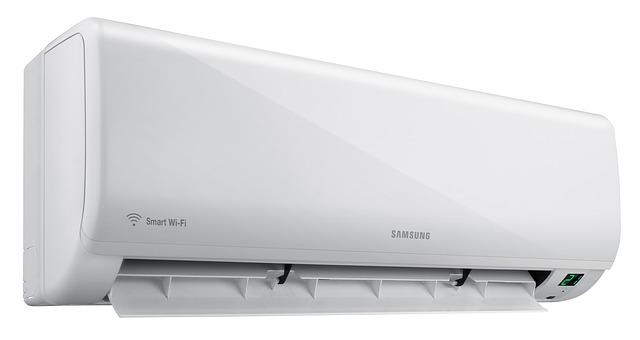Your HVAC system is one of the most critical pieces of equipment in your home. It helps keep you comfortable all year long, and it’s essential to always have it working properly. If you’ve ever had to call a repair technician because your thermostat wasn’t working, you’re not alone. Thermostats are notoriously finicky and can malfunction for a variety of reasons.
Here are some of the most common causes of thermostat malfunctions in HVAC systems and some advice on preventing them.
Damaged or Broken Sensors
One of the most common causes of thermostat malfunctions is damage or breakage of sensors. If a sensor is damaged or broken, it can cause the thermostat to send inaccurate information to the HVAC system, leading to problems such as incorrect temperature readings or the furnace not turning on at all.
An experienced HVAC contractor in the Dallas and Fort Worth areas notes that many people don’t realize that their thermostats have sensors, and a faulty sensor could contribute to your heating or cooling system failing. If you notice any problems with your HVAC unit, call an air conditioning service contractor right away so they can evaluate what may be causing the problem and fix it.
Incorrect Positioning in the House
The position of the thermostat in your house seems like a minor issue, but it can create problems that are as big as malfunctions. If you mount your HVAC thermostat on a wall near an air vent or heat source, there’s a chance that its inaccurate reading will trigger heating and cooling when they’re not needed.
Conversely, if you mount it in a cold spot in your home, like near an exterior door or window, the thermostat might not activate the system when it should be running. The best way to avoid these types of problems is to consult with a professional about the ideal placement for your thermostat and then mount it accordingly.
Poor Installation Job or Hard Bump
If you have installed your thermostat yourself and it is not operating properly, it may be because of poor installation. Even if you hire a professional HVAC expert, a poor installation job can still happen. For example, the wiring could be faulty, or your thermostat may not have been properly calibrated.
If you do not believe that it is a poor installation job, there are many other causes of thermostat malfunctions in HVAC systems. One of these includes getting bumped, often by someone walking through the house. If you have children or pets, they may be knocking into your thermostat often as well. The screen can get cracked, which will cause a malfunction with your HVAC system.
Accumulation of Dirt and Debris
If the thermostat is not cleaned regularly, it can accumulate dirt and debris, leading to malfunctions. This includes dust, pet hair, and other particles that may hinder the unit’s performance. Be sure to remove the cover and clean the thermostat every few months using a soft cloth or brush.

Be careful when cleaning the thermostat not to dislodge any of the electrical components. If you can’t do this yourself, call a technician to perform this routine maintenance.
If your unit has been located in an area with high humidity, you should also check it regularly for signs of corrosion or rust. These can seriously affect the unit’s performance and even render it unusable if not addressed early on.
Your Thermostat Is the Core of Your HVAC System
The thermostat is the brain or control center for your heating, ventilation, and air conditioning system. It automatically adjusts the temperature to maintain a comfortable indoor environment, and it sends signals to various HVAC components that regulate airflow, gas flow, electricity use and more.
The thermostat is a key component no matter what type of HVAC system you have. If it malfunctions, your whole system can be affected. Understanding these malfunctions and their causes will help you avoid problems down the road.






